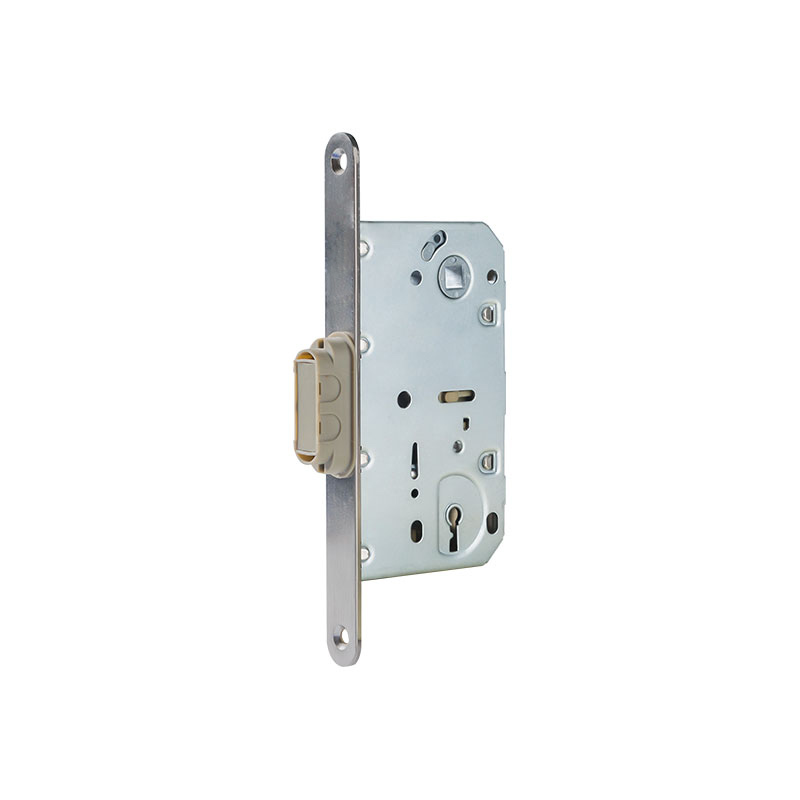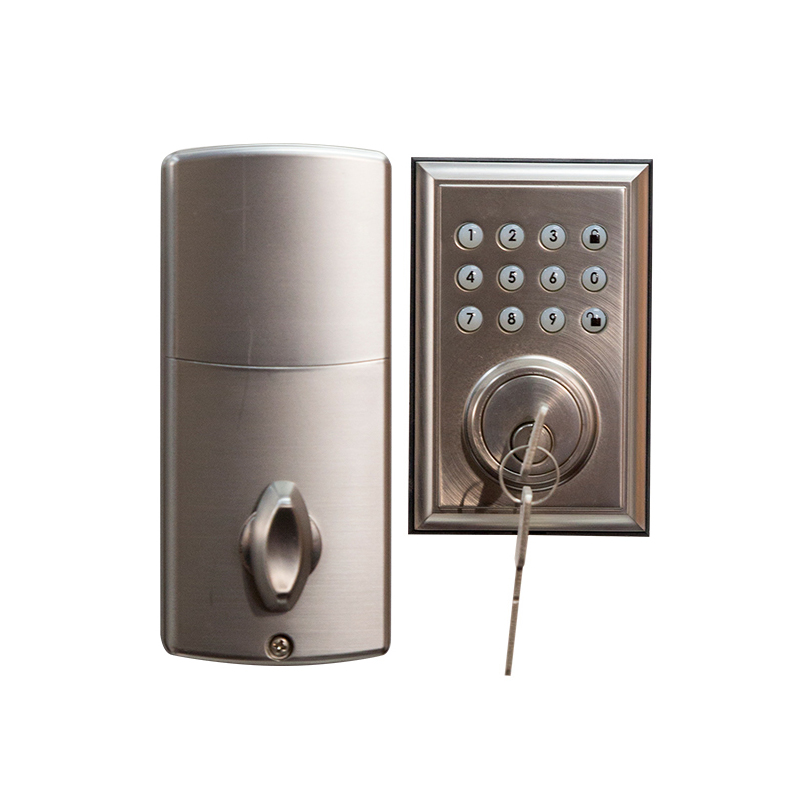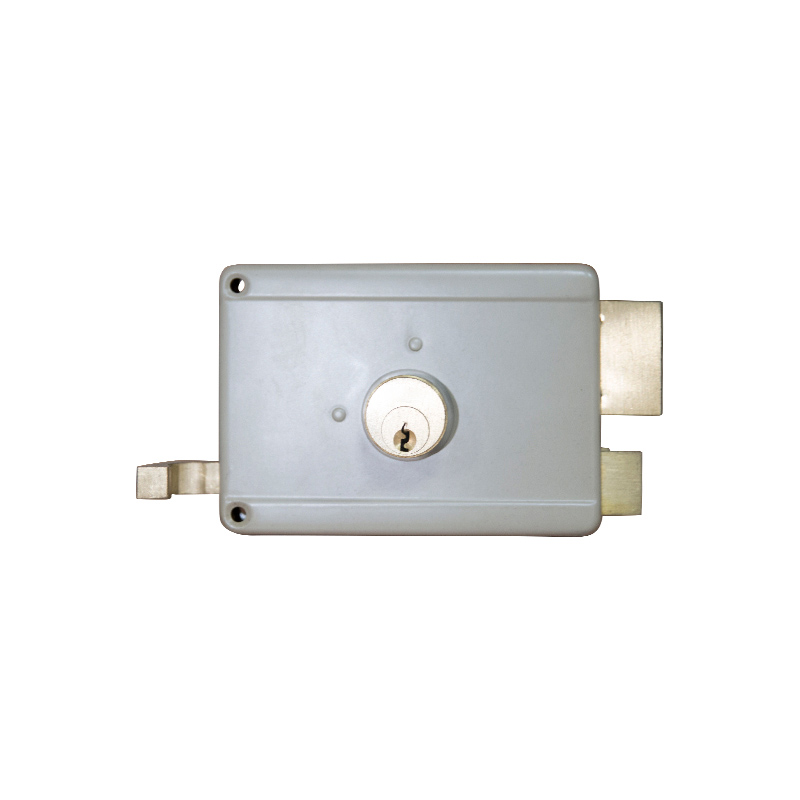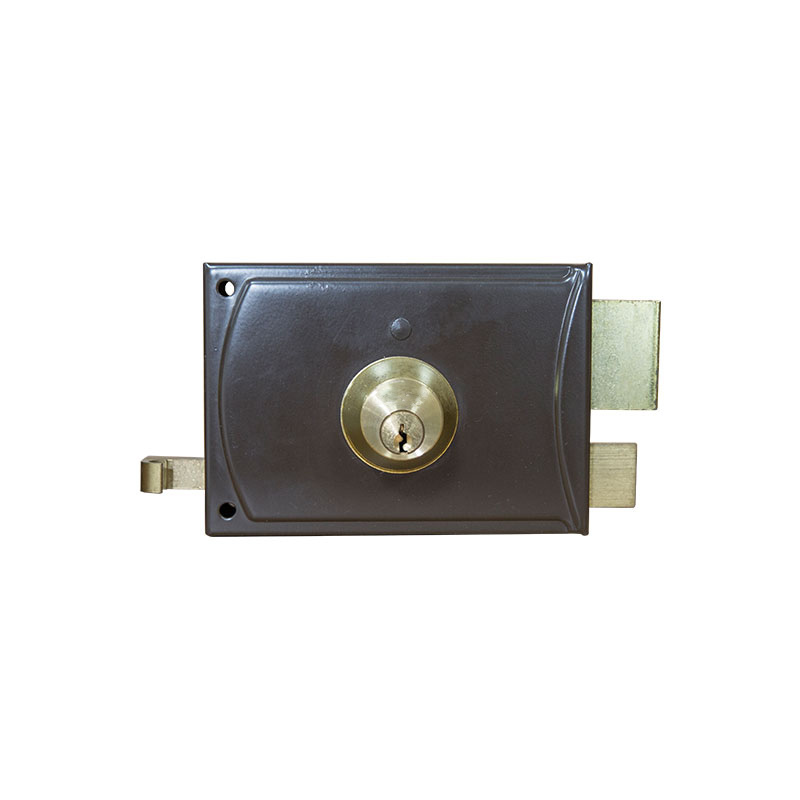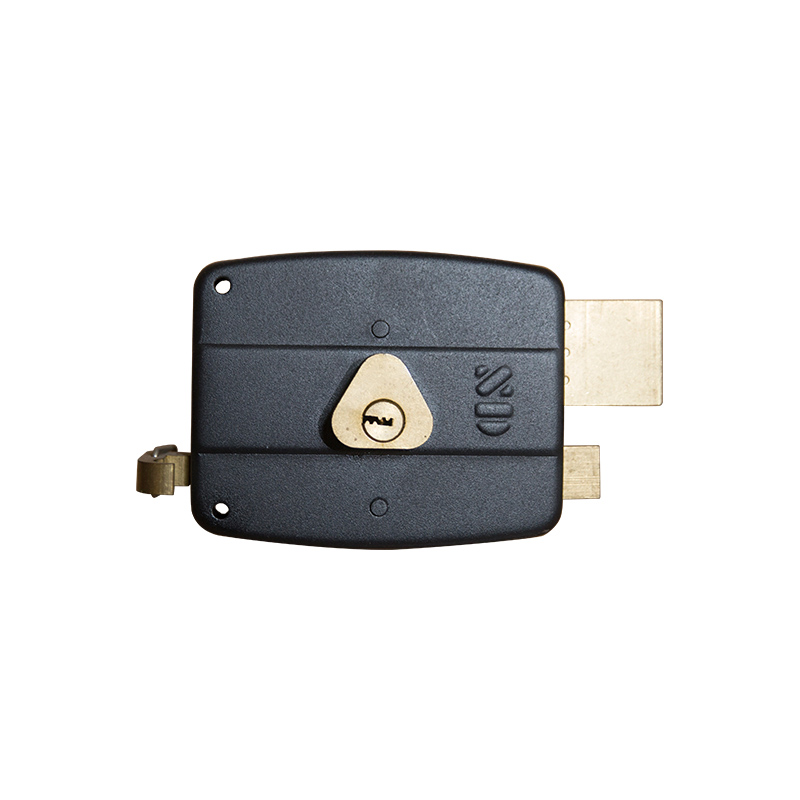Electronic locks use digital passwords or biometric identification technologies such as fingerprints, which are more difficult to copy or crack than traditional mechanical lock keys. Traditional mechanical lock keys can be opened by illegal intruders through simple copying or prying, while electronic locks require the correct password or biometric feature to unlock, greatly improving security.
The digital passwords or biometric identification technologies used in electronic locks greatly increase the difficulty of cracking. The keys of traditional mechanical locks can be copied, and only a copy of the same key can be used to open the lock. The password of the electronic lock is composed of numbers, and the possible combinations of passwords are very large. It is difficult for illegal intruders to obtain the correct password through guessing. In addition, biometric identification technologies such as fingerprints are more secure and reliable. Only registered fingerprints can be unlocked by matching with existing data.
The password of the electronic lock can be changed regularly, providing a higher security level. The keys of traditional mechanical locks are fixed and unchanging. Once the key is lost or stolen, the thief can easily open the lock and commit crimes. The password of the electronic lock can be changed regularly. Once the password is leaked or forgotten, the password can be changed to ensure security. For biometric identification technologies such as fingerprints, the fingerprint features of each individual are unique, and illegal intruders cannot unlock the lock by copying fingerprints.
The electronic lock also has an anti-pry function. Traditional mechanical locks can be opened illegally by prying, while electronic locks have a more complex structural design, which can effectively prevent illegal users from using pry tools for destruction.
It should be pointed out that electronic locks also have some security risks. For example, passwords may be guessed or leaked, and fingerprints and other biometric features may also be simulated or copied. In addition, electronic locks rely on power supply. If the power is interrupted, the lock may not work properly. Therefore, when using electronic locks, it is still necessary to pay attention to strengthening the protection and regular updating of passwords, and strengthening the protection measures of the equipment to ensure security.
Compared with traditional mechanical lock keys, electronic locks use digital passwords or biometric identification technologies, which are more difficult to copy or crack. Their passwords can be changed regularly to prevent security problems caused by key loss, and they have anti-pry functions. However, electronic locks also have some potential security risks, which require appropriate protection and attention.
